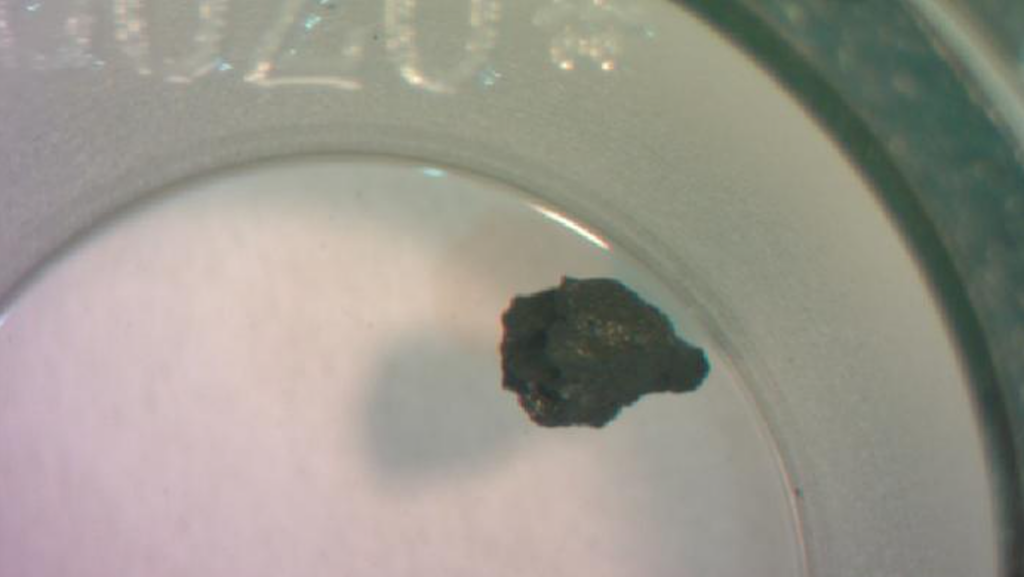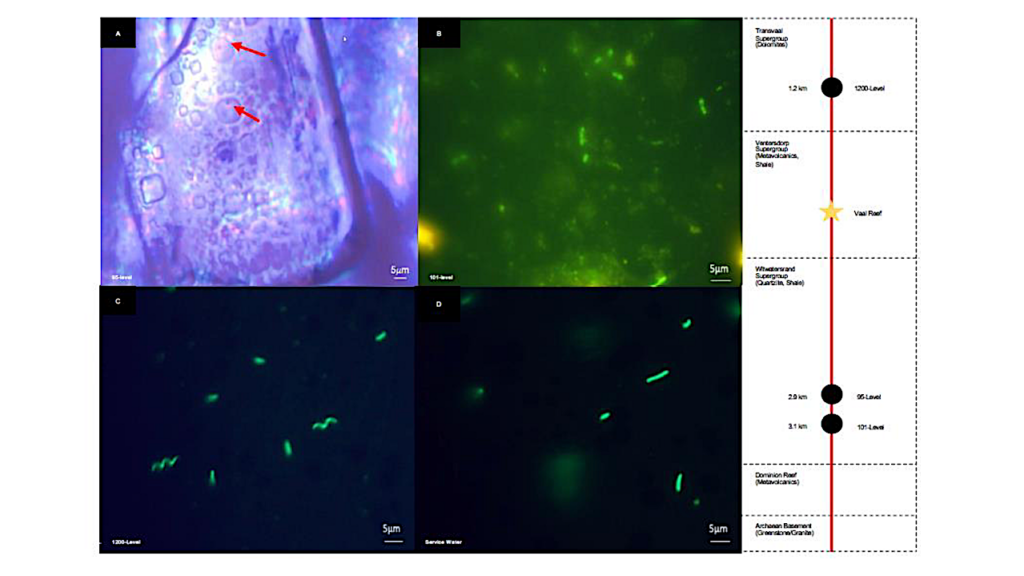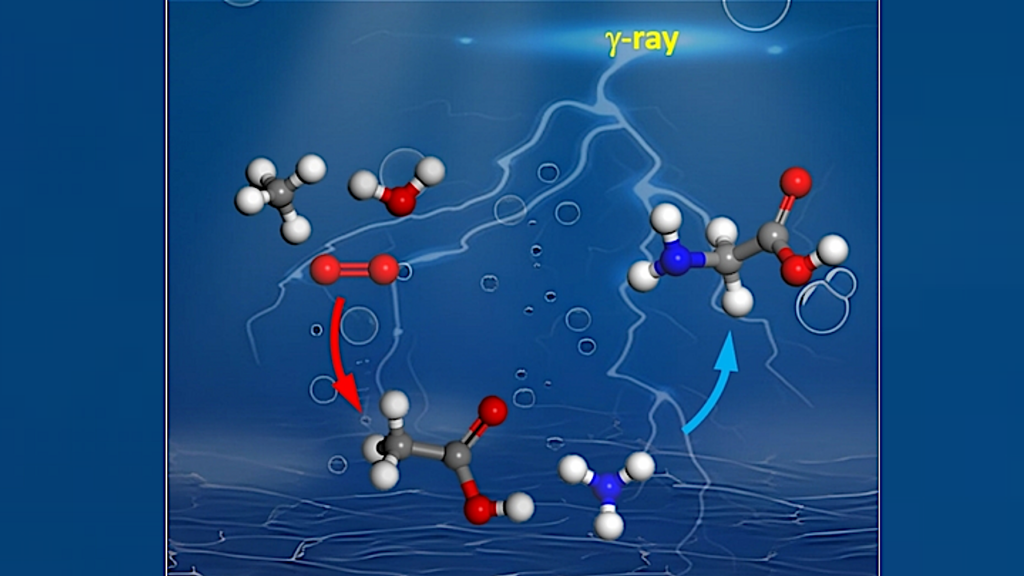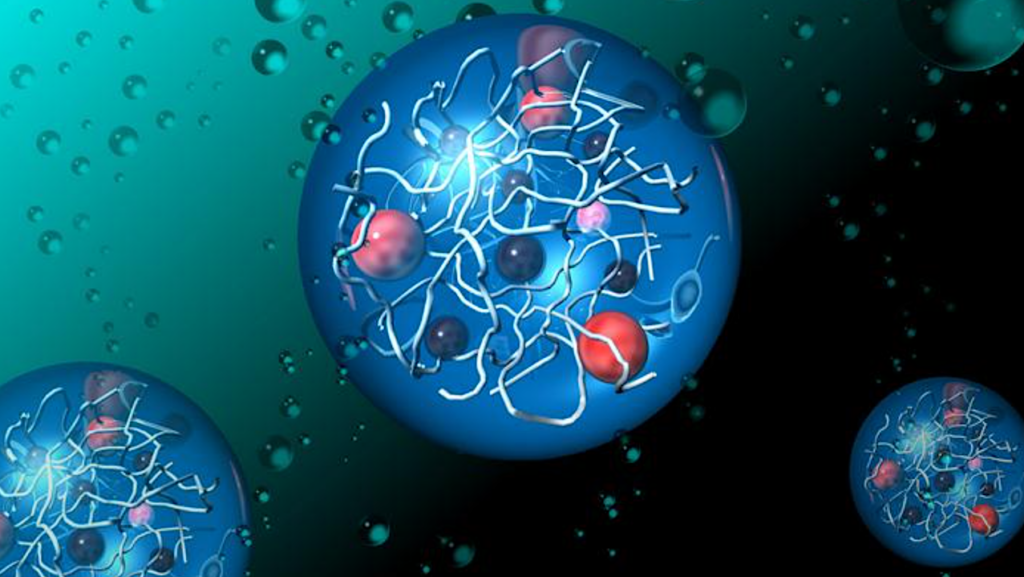Heat Flows Solubilize Apatite To Boost Phosphate Availability For Prebiotic Chemistry

Phosphorus is an essential building block of the most prominent biomolecules, such as polynucleic acids, and has likely played that role since the beginning of life. Despite this importance for prebiotic chemistry, phosphate could not be supplied by the atmosphere, and had to be fueled mainly by geological phosphate sources.
However, phosphorus was scarce in Earth’s rock record and often bound in poorly soluble minerals, with the calcium phosphate mineral apatite as key example. While specific chemical boundary conditions that bind calcium have been used to address this so-called phosphate problem, a fundamental process that solubilizes and enriches phosphate from geological sources remains elusive.
Here, we show that ubiquitous heat flows through rock cracks can liberate phosphate from apatite by the selective removal of calcium. Phosphate’s surprisingly strong thermophoresis not only achieves its 100-fold up-concentration in aqueous solution, in particular it also boosts its solubility by two orders of magnitude.
We show that the heat-flow-solubilized phosphate can feed the synthesis of trimetaphosphate, increasing the conversion 260-fold compared to the thermal equilibrium case. Heat flows thus enhance solubility as a geological parameter to unlock apatites as phosphate source for prebiotic chemistry, providing a key element in solving early life’s phosphate problem.
Thomas Matreux, Almuth Schmid, Mechthild Rappold, Daniel Weller, Ayşe Zeynep Çalışkanoğlu, Kelsey R. Moore, Tanja Bosak, Donald B. Dingwell, Konstantin Karaghiosoff, François Guyot, Bettina Scheu, Dieter Braun, Christof B. Mast
doi: https://doi.org/10.1101/2024.08.06.606769
Heat flows solubilize apatite to boost phosphate availability for prebiotic chemistry, biorxiv.org
Astrobiology, Astrochemistry,








